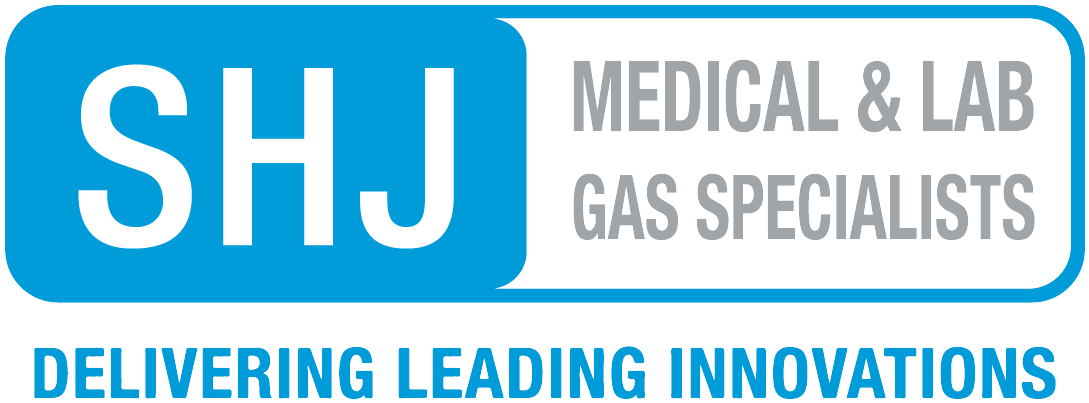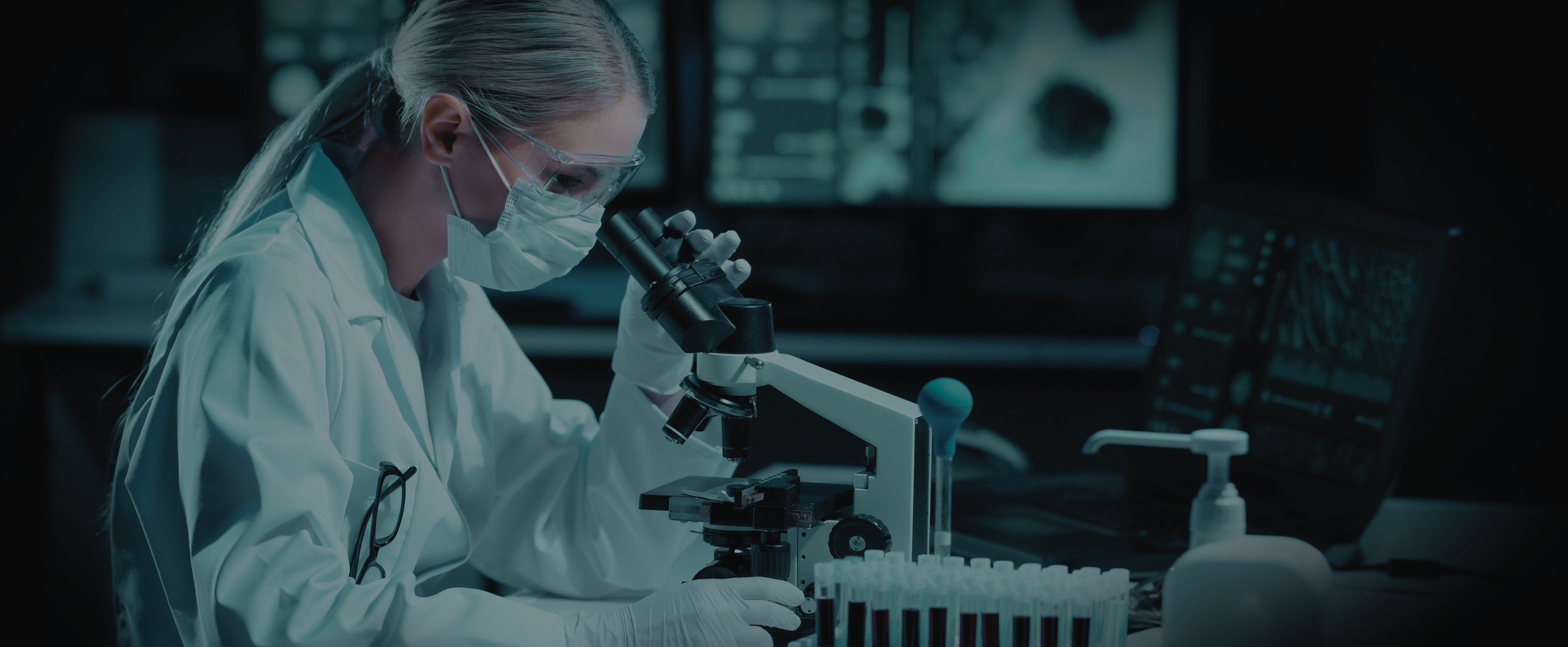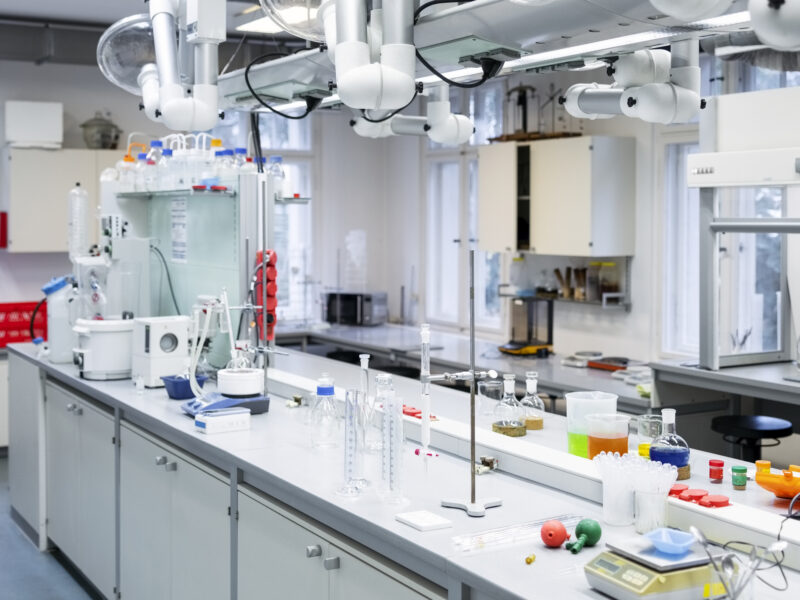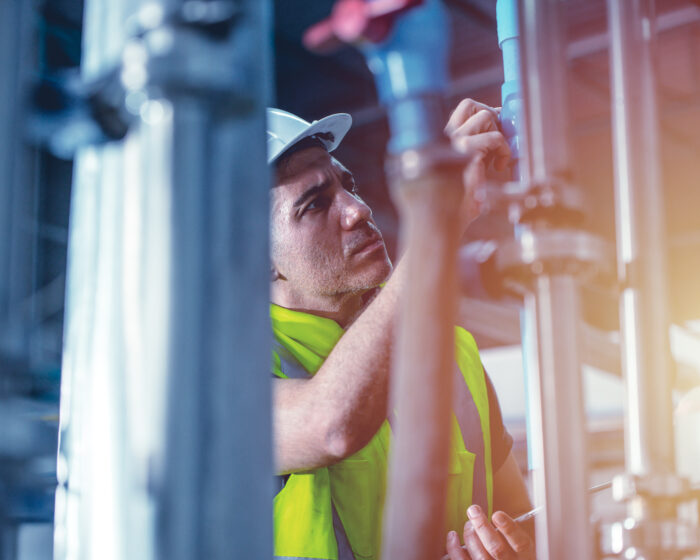Pharmaceutical, medical and research laboratories use multiple gases as part of their daily operations and SHJ works with many of the UK leading sites by designing installing and maintaining their Laboratory Gas systems.
As part of the service we offer, we install the infrastructure for the laboratory gases, vacuum, and compressed air systems. Pipework can be either copper or stainless steel depending on the purity levels the client requires.
Degreased Copper is generally used within medical and industrial installations and where purity levels of 99.99 (N4) are acceptable.
316 Stainless Steel is used when certain gases are not compatible with other materials and where purity levels of 99.999 (N5) and above are required. We can offer twin ferrule fittings or a fully welded system using orbital welding.
All systems are designed and installed to BCGA codes of practice.





